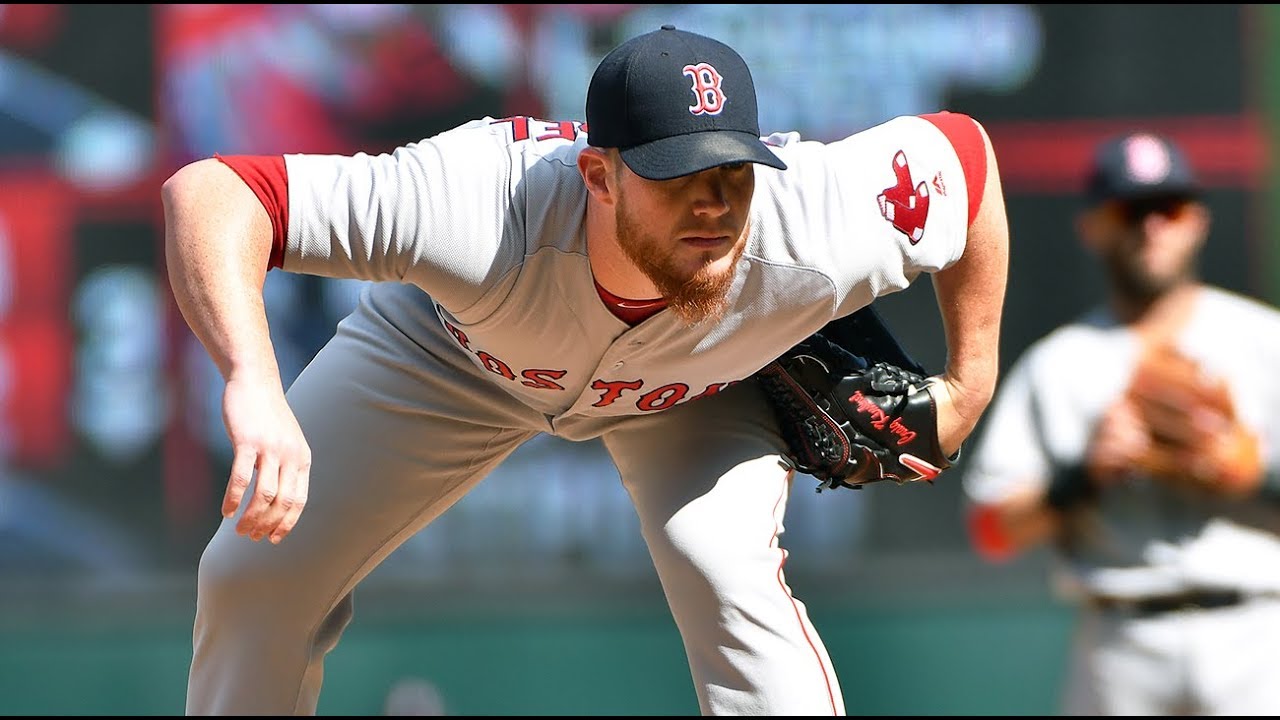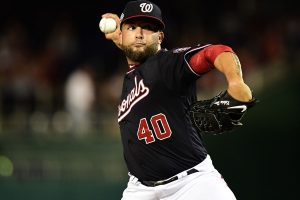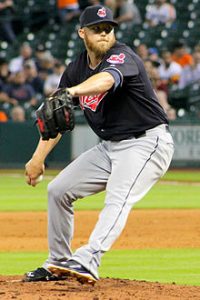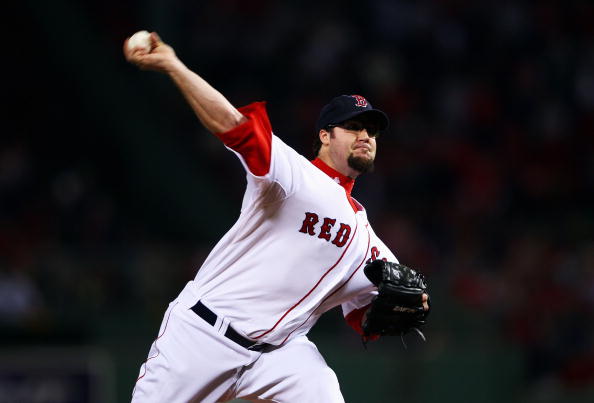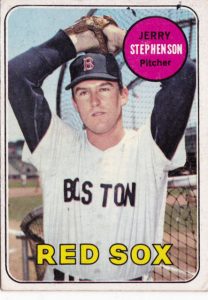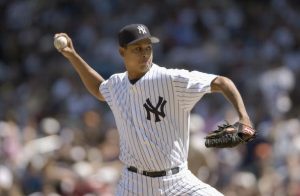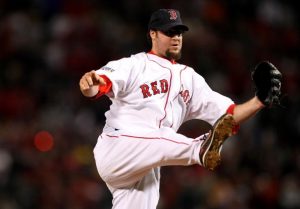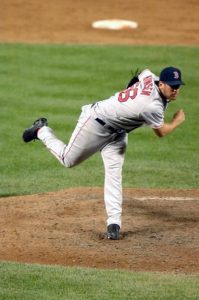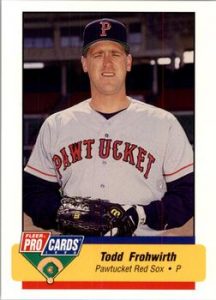There are changes coming to the 2019 Red Sox Bullpen. Yesterday I took a look at Joe Kelly. The biggest piece, closer Craig Kimbrel, is today’s focus.. Is he worth paying to keep and what are some options out there?
Craig Kimbrel
In 2017 Craig Kimbrel was the 800 lb gorilla of all time Red Sox closers. 5-0 with 35 saves and a 1.43 ERA. If he had been given more opportunity I’m sure he would’ve had even more saves.
Using a 3 year average is an attempt to have some perspective, but in Kimbrel’s case the 2017 season has a massive effect. Because Kimbrel’s three year stats are, frankly, amazing: 14.8 K/9 and a 2.52 ERA.
Even then though, the walks show through: 3.8 per 9 innings. That’s a lot of base runners. When he’s on his game and striking out the world, it works. When he’s not, let’s just say Alex Cora going with Chris Sale to close out game five says a ton. And Kimbrel giving up a two run home run to Kiki Hernandez of all people in game four brought back all those non save situation failures from prior years.
All of this is to say Kimbrel’s not a guarantee to bring back as the 2019 Red Sox closer. But who is out there who could be a good fit? Closers who have working in the American League and have postseason experience.
Kelvin Herrera
Kelvin Herrera will undoubtedly be the least expensive option. He suffered a torn Lisranc ligament in his left foot and had surgery for it on 8/30/2018. The recovery for that encompasses around six months and requires vigilance. That means he’ll be available a few weeks into spring training if all goes well.
There’s a lot to like about Herrera. He is the youngest of this group at 29 on Opening Day 2019. He also he walks the fewest batters. His 3 year average is 2.17 walks per 9 is the lowest of all the comparisons I’ve found in the top tier group. It is that low walk number than allows him to rival Kimbrel in the walk per strikeout stat. Herrera is 4.6 BB/K, Kimbrel is 4.97 BB/K.
His three year ERA is 3.15 and the Red Sox tried to trade for him at the trade deadline this year. His injuries were bad luck. This year was his first extended time on the DL.
Because of his injury there are questions about Herrera, but that will also make him less expensive. He very well could big the biggest relief Ace bargain of 2019.
Cody Allen
This former Cleveland Indians closer fell out of favor due to an off year in 2018. While Kimbrel will be 31, Cody Allen will be 30 on opening day 2019.
Even with a bad 2018 he can stand next to Kimbrel at 3.8 BB/9 (Kimbrel is at 3.8) and he’s tantalizing because he will be cheaper than Kimbrel and has had a lot of success. In 2016 and 2017 he averaged a 2.73 ERA and 31 saves a year with almost 12 K/9. That is dominant.
Because of 4.70 ERA in 2018 and corresponding difficulties he’s a question. But a worthy gamble due to the potential of prior years and no obvious injury.
Conclusion
Ultimately I believe Kimbrel will come back if he’s asking for a reasonable salary. But if he’s pushing $20 Million like Mark Melancon I see a few appealing options out there that have pitched in the American League, in the playoffs, and are at reasonable age.
